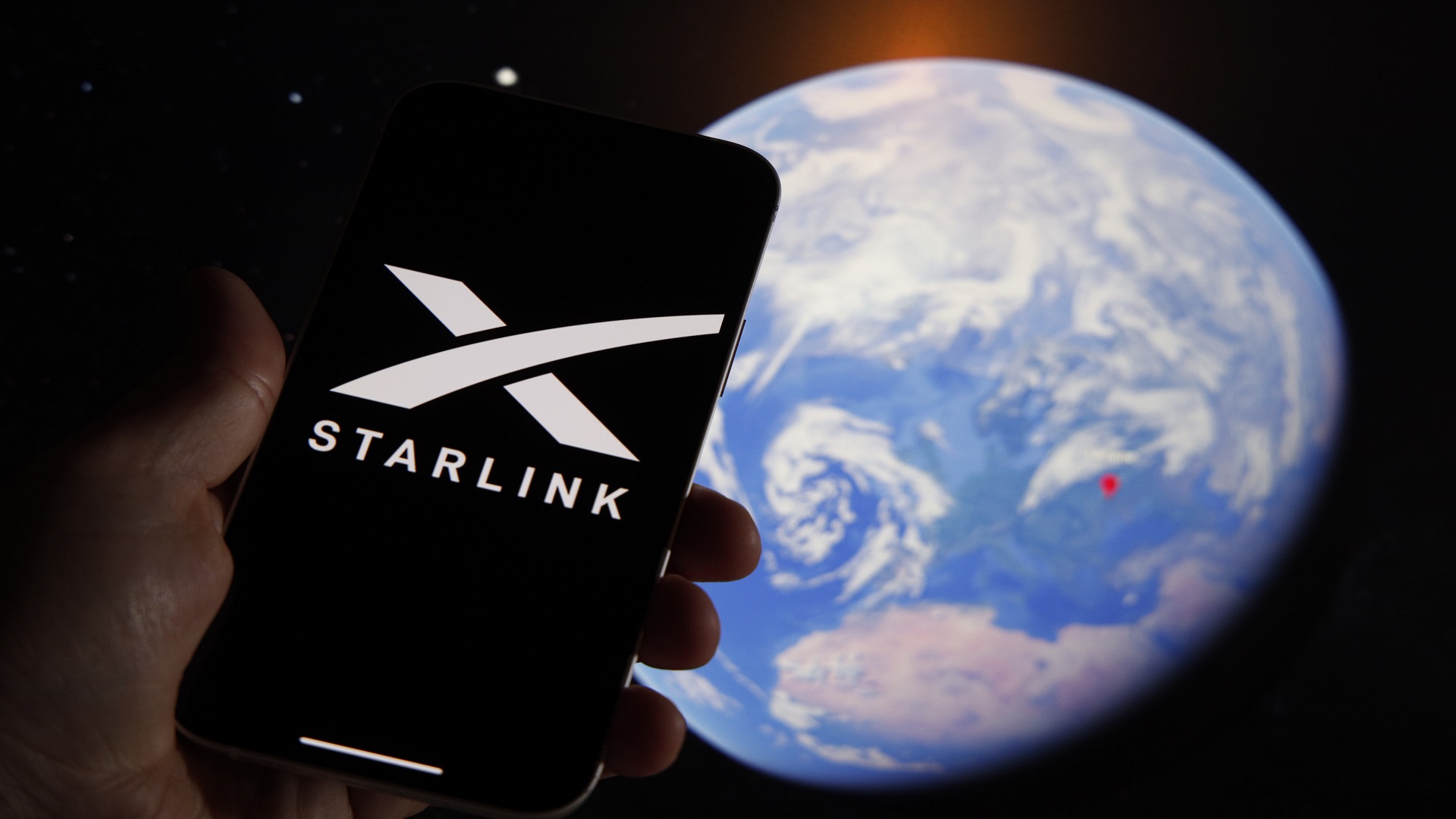Internet service quality is a concern, whether you live in a bustling city, a remote area, or a rural village. People often discuss how to provide better internet access, and one solution gaining attention is satellite internet service, and Starlink aims to lead the way in revolutionizing global internet access.

Starlink has ambitious plans to provide internet coverage to the entire world using a constellation of 42,000 satellites. This technology offers two significant advantages: reduced latency, meaning less time between data exchanges, and the ability to extend high-quality internet service to remote and underserved areas.
In many places, a reliable internet connection is taken for granted. However, in remote areas, delivering internet services through traditional means, like optical fiber connections, becomes impractical. Optical fiber is expensive to install and repair if damaged, and regular maintenance can be challenging. These limitations make it clear that alternative solutions are needed.
Before Starlink, Microsoft had attempted a Satellite Internet Project back in the 1990s, which unfortunately did not succeed. Satellite internet can be expensive because satellites must be placed far from Earth to cover a vast area. This requires a strong signal from the receiver. However, when satellites are positioned far away, it can lead to increased latency during activities such as live calls or online gaming.
Starlink has a different approach. It plans to deploy a constellation of low Earth orbit satellites. By 2025, they intend to have 12,000 satellites in orbit, with plans to eventually increase that number to 42,000. This vast network of satellites will provide global internet coverage, ensuring that more people can access better-quality internet services.
One of the advantages of Starlink’s approach is its ability to maintain a stable internet connection. If your device loses its connection to one satellite, it will automatically connect to another, ensuring uninterrupted internet access. This feature helps prevent disruptions in your online activities.
The reduction in latency is also a significant benefit. In a good-quality cable network, latency typically ranges from 40 to 60 milliseconds. Starlink’s satellite internet promises to lower this latency even further, making it suitable for a wide range of applications, including online gaming and real-time video calls.
The expansion of satellite internet services like Starlink has the potential to bridge the digital divide by providing access to underserved areas. It also offers a viable alternative for people living in remote regions where traditional internet infrastructure is impractical or costly to deploy.
Leave a Reply